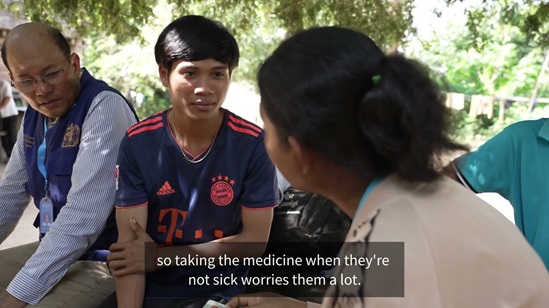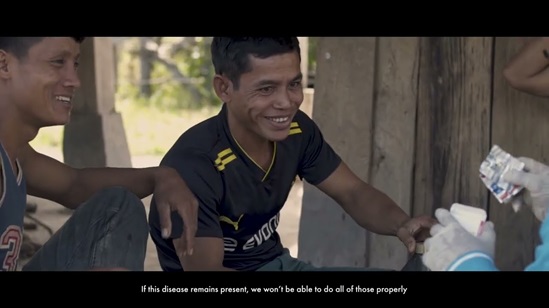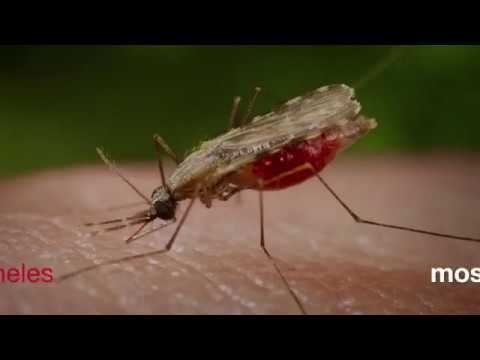A woman breastfeeds her baby under a mosquito net, in South Tarawa, Kiribati.
Supporting fundraising for malaria programmes
Funding for malaria control and elimination activities in the Western Pacific Region was an estimated US$ 95 million in 2016, excluding China. Contributions from governments of malaria endemic countries amounted to just over US$ 47 million, representing almost 50% of total funding. Based on the WHO World Malaria Report, almost 40% of domestic financing for malaria control and elimination activities was used for human resources and roughly 25% for vector control and treatment. External funding, such as from the Global Fund to Fight AIDS, Tuberculosis and Malaria (Global Fund) and bilateral partnerships, is primarily used for commodity expenses such as long-lasting insecticide treated bed nets and treatments, including artemisinin combination therapy.
WHO Western Pacific Regional Office is taking action and supporting countries by continuing to provide technical assistance to develop and submit strong applications for funding from external donors, such as the Global Fund and the Bill and Melinda Gates Foundation. It also supports countries transitioning to integrated financing of malaria control and elimination activities to include better coordinated service delivery and domestic financing systems. Together with WHO Health Policy and Financing, the Regional Office is supporting countries to adopt the Framework for Integrated Financing, which helps programmes to clarify core elements and service delivery arrangements, strengthen financing institutions to make better use of available resources, and increase domestic financing and govern the transition process. Allocation of funding according to intervention priority must always be considered.


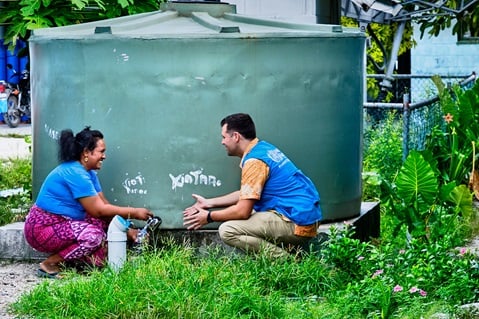
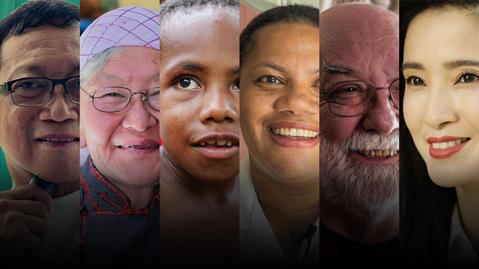
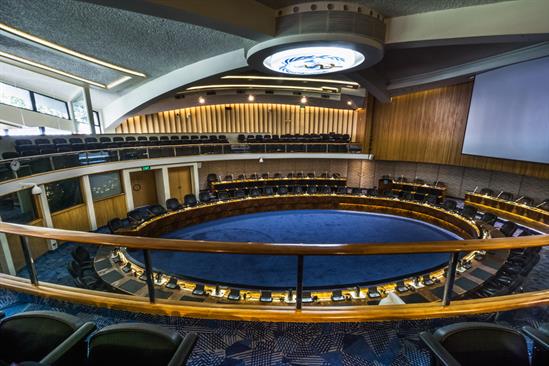

![A girl from Nala village, Sekong province, receives her ACT [AS/PY] to help accelerate the elimination of malaria falciparum. ©WHO/Chitsavang Chanthavisouk](/images/default-source/wpro/countries/laos/a-girl-from-nala-village--sekong-province--receives-her-act--as-py--to-help-accelerate-the-elimination-of-malaria-falciparum.--who-chitsavang-chanthavisouk.jpg?sfvrsn=7c138bff_1)
